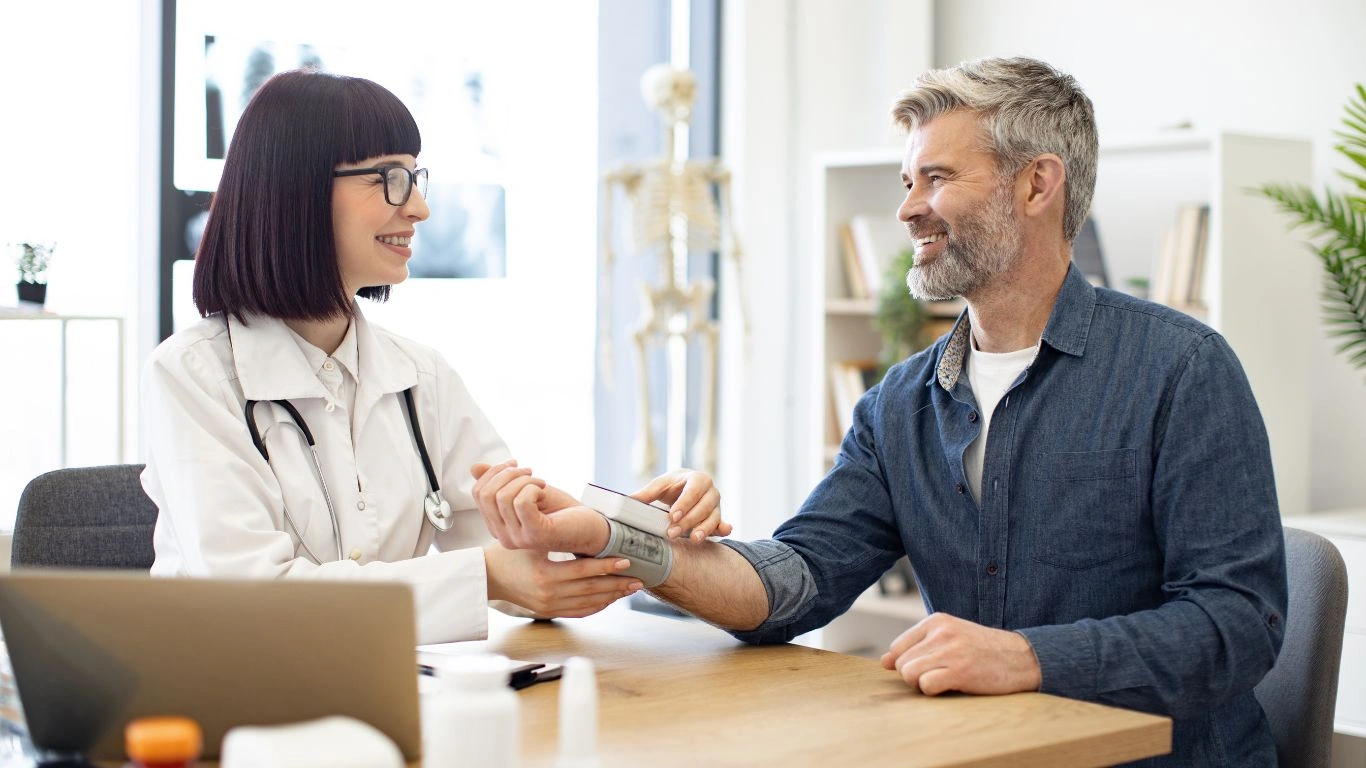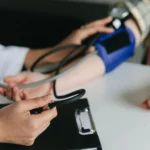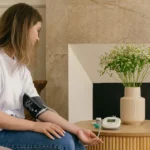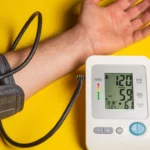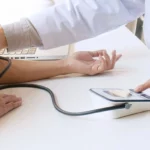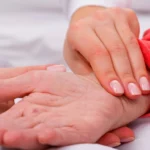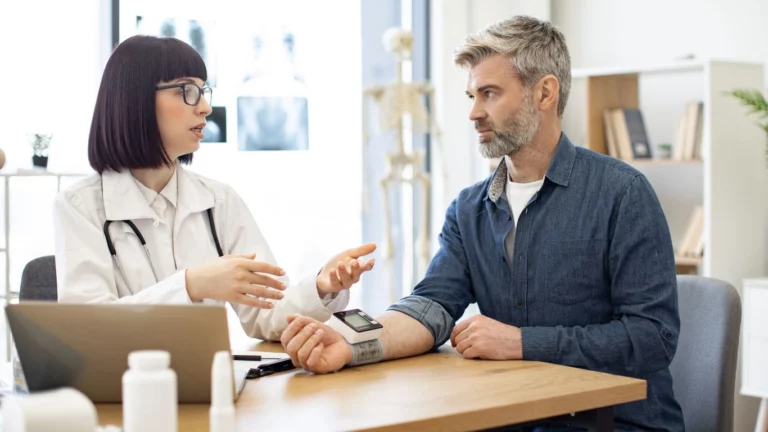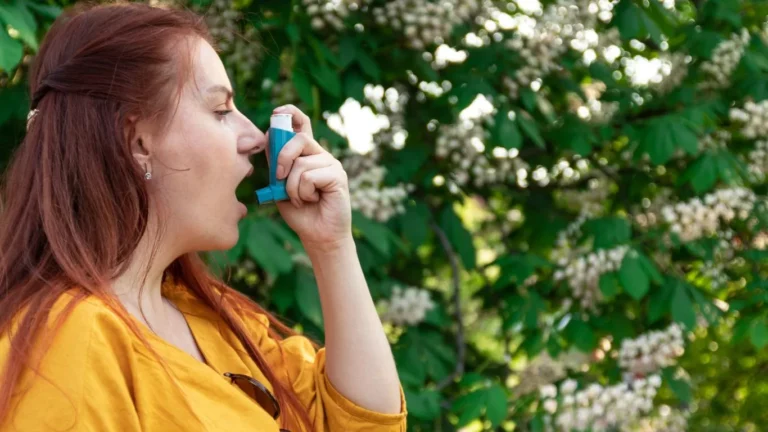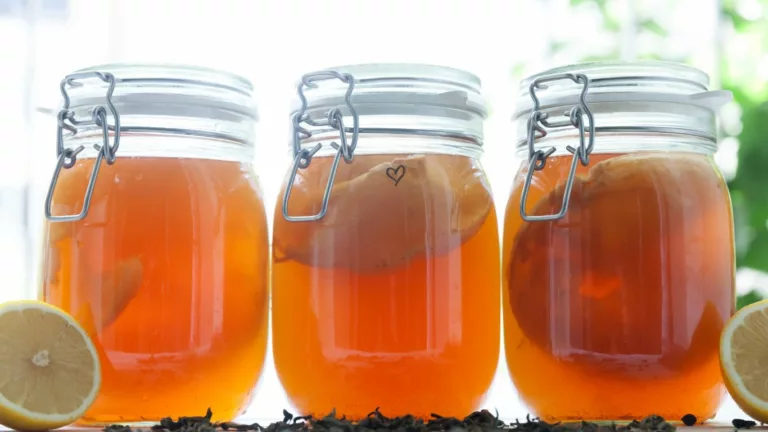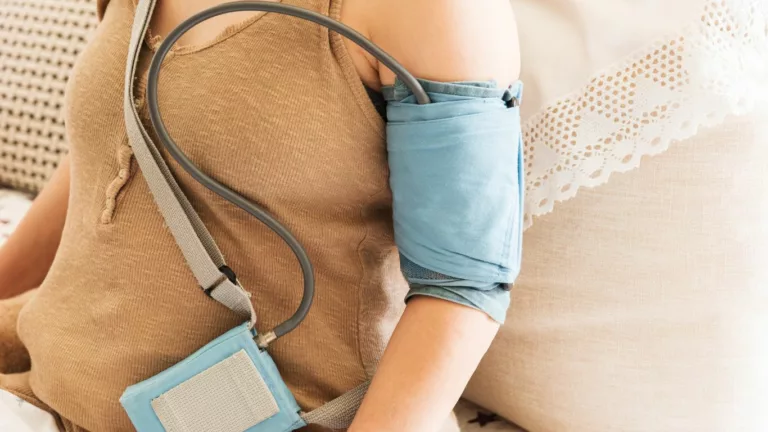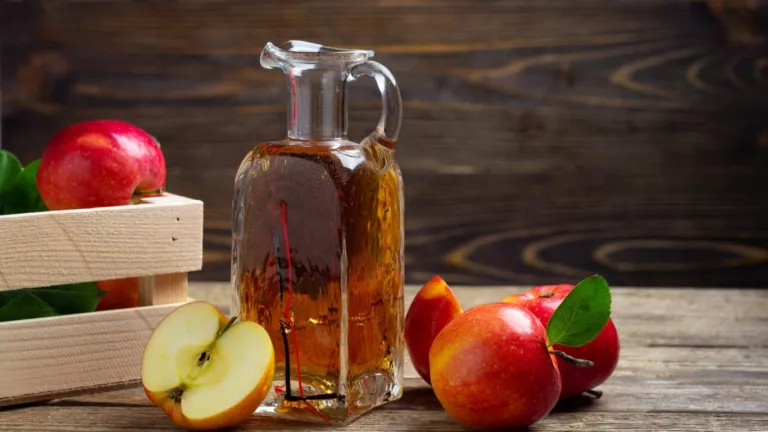Home Remedies for Post-Workout Blood Pressure: What Works Best?
After a tough workout, your body needs recovery, and one thing many people overlook is how exercise can affect blood pressure. But don’t worry, there are simple, natural ways to get your blood pressure back to normal. Let’s dive into some home remedies you can try to manage post-workout blood pressure!
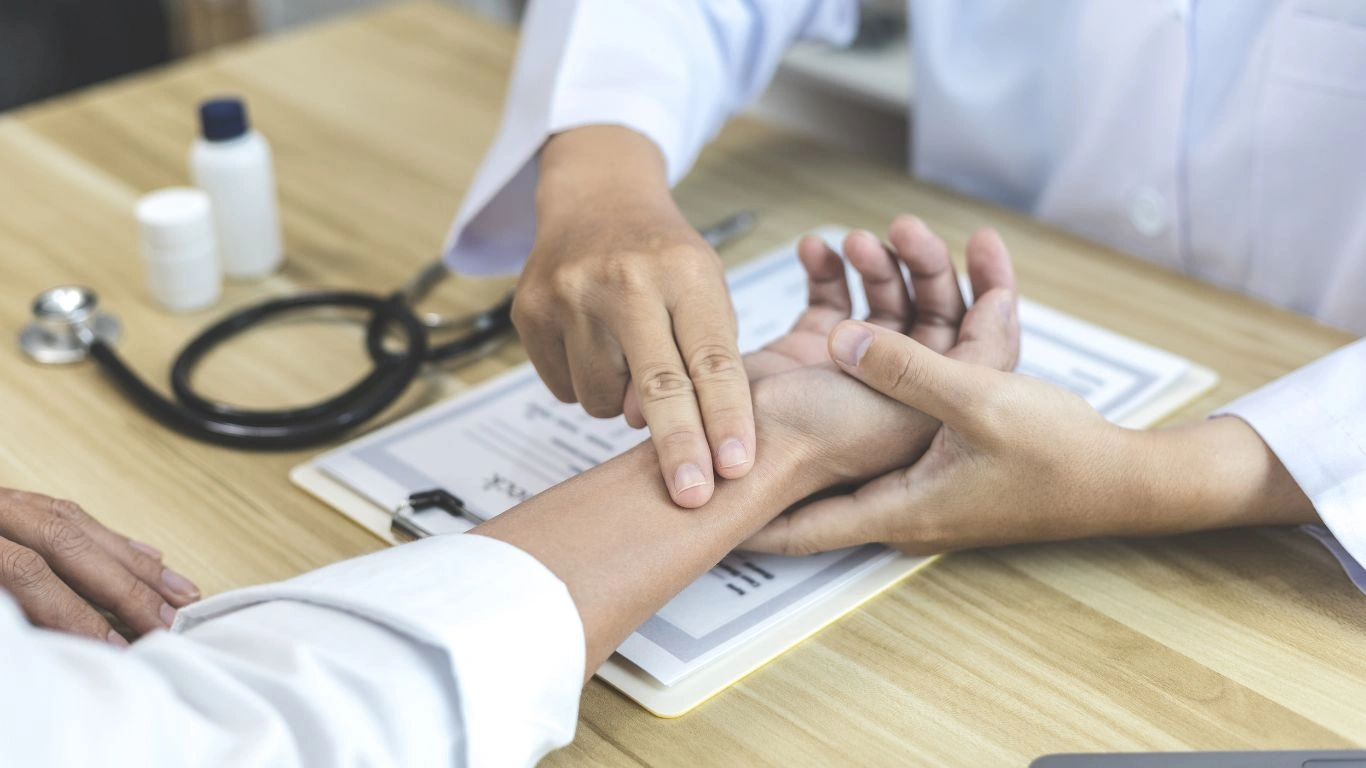 You’ve probably heard that regular exercise is awesome for your health—reducing stress, boosting energy, and keeping your heart in top shape. But after a good workout, your body might experience a rise in blood pressure, which could make you feel a little off. This happens because your heart is working overtime to pump oxygen-rich blood to your muscles. Now, the good news: there are some easy, natural ways you can use to help lower your blood pressure after a workout. These remedies don’t require fancy equipment or medicines, just simple lifestyle changes that anyone can try.
You’ve probably heard that regular exercise is awesome for your health—reducing stress, boosting energy, and keeping your heart in top shape. But after a good workout, your body might experience a rise in blood pressure, which could make you feel a little off. This happens because your heart is working overtime to pump oxygen-rich blood to your muscles. Now, the good news: there are some easy, natural ways you can use to help lower your blood pressure after a workout. These remedies don’t require fancy equipment or medicines, just simple lifestyle changes that anyone can try.
Why Does Blood Pressure Increase After Exercise?
Before we dive into remedies, let’s quickly break down why your blood pressure might go up after exercising. During intense physical activity, your heart rate increases to supply your muscles with more oxygen and nutrients. This can cause a temporary spike in your blood pressure. However, once you cool down and relax, your blood pressure usually drops back to normal. For some people, though, that drop can be slower or less pronounced, and that’s where these home remedies can help!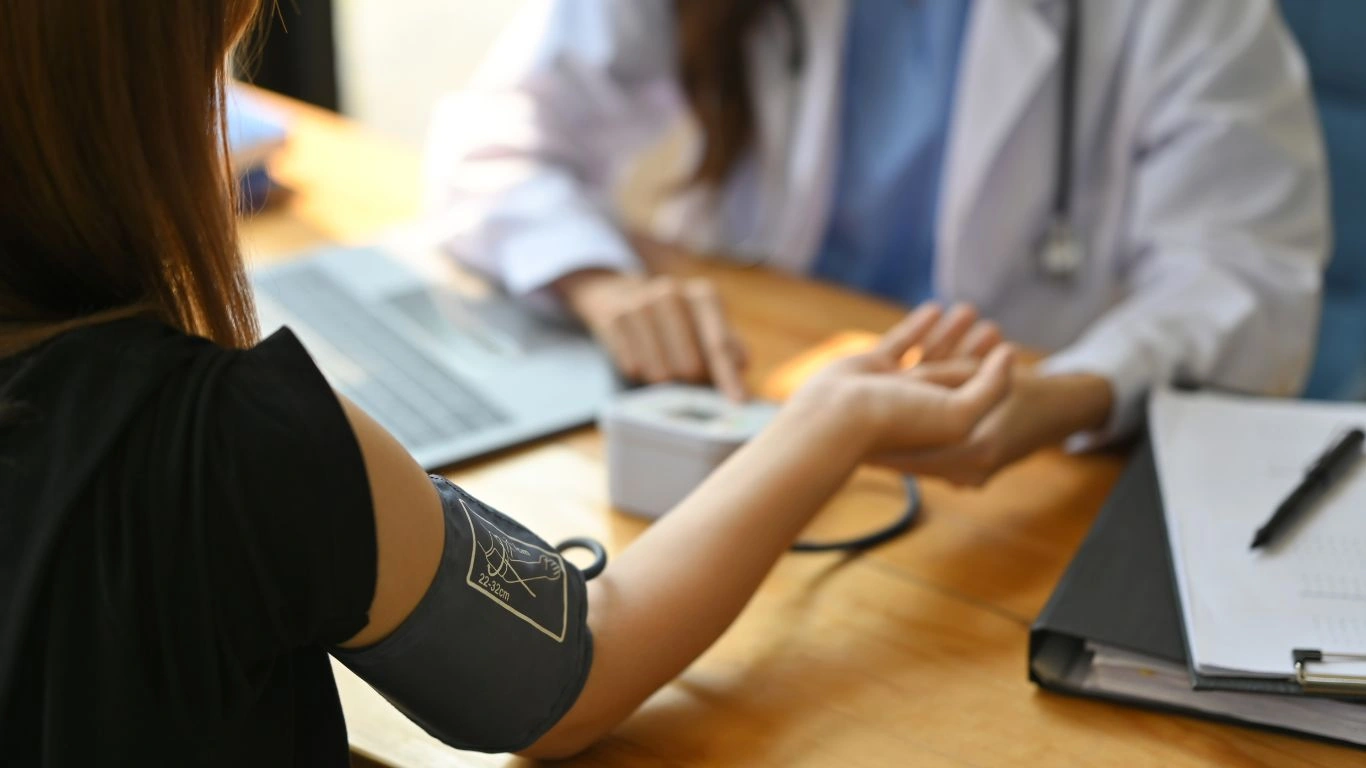
1. Hydrate Like a Pro
A solid hydration routine can really help balance your blood pressure. When you exercise, you lose fluids through sweat, which can cause dehydration. Dehydration often leads to a drop in blood volume, which may result in an increase in blood pressure. To keep things balanced, try to drink water during and after your workout. Electrolyte-rich drinks (like coconut water) can also help replenish lost minerals and support your cardiovascular system.
How to Do It:
– Sip water throughout your workout to stay hydrated. – After your workout, continue drinking water for the next 30-60 minutes to rehydrate and balance your blood pressure. – If you’ve had an especially intense session, try adding an electrolyte drink to restore sodium and potassium levels.
2. Cool Down Properly
Many people skip their cool-down after exercise, but taking a few minutes to lower your heart rate slowly can work wonders for your blood pressure. Cooling down gradually helps your body transition from high activity to a more relaxed state, giving your blood vessels time to adjust.
How to Do It:
– Start with a few minutes of light cardio, like walking or slow cycling, to bring your heart rate down. – Follow with stretching to relax your muscles. Focus on deep breathing to help calm your nervous system, which can help lower blood pressure.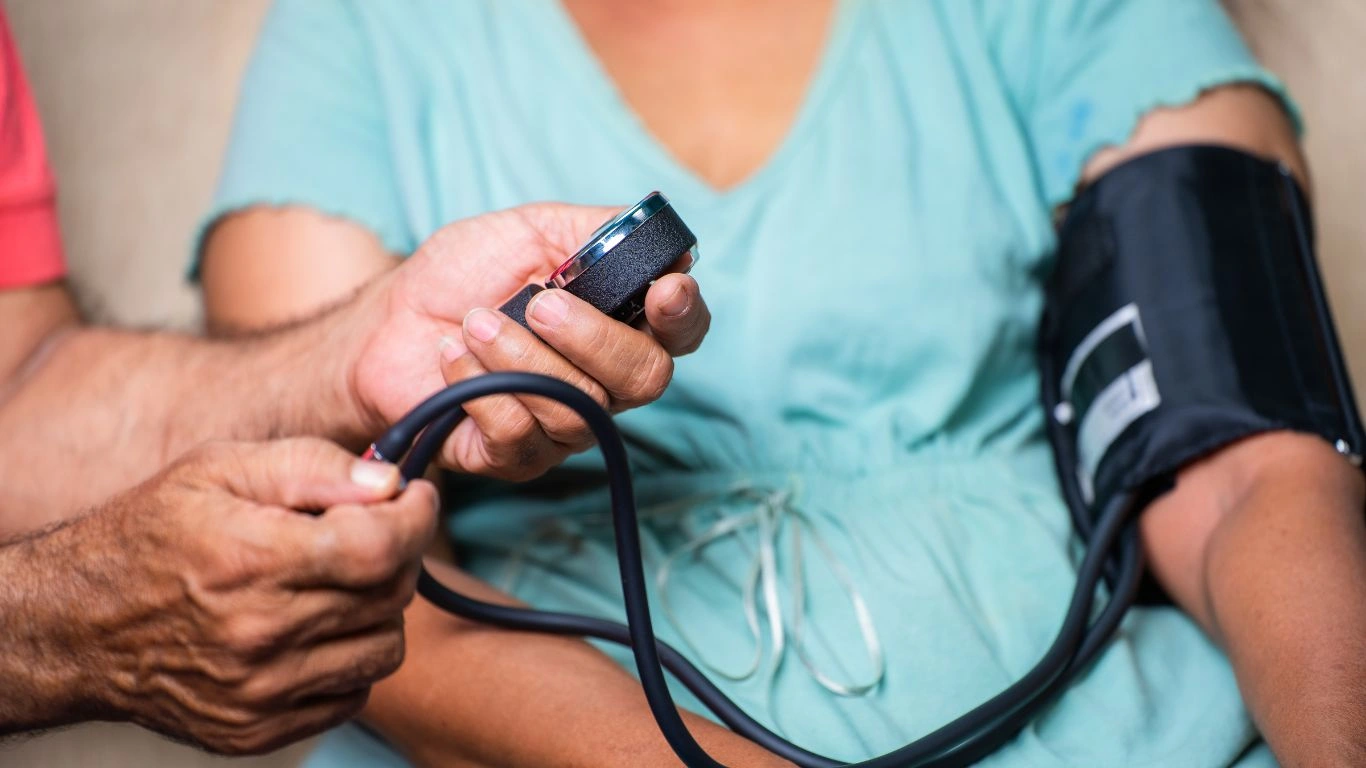
3. Deep Breathing Exercises
You might already be familiar with how deep breathing helps you relax, but did you know it can also help reduce post-workout blood pressure? Taking slow, deep breaths stimulates your parasympathetic nervous system, which calms the body and lowers stress levels. This can help you manage the temporary increase in blood pressure that follows a workout.
How to Do It:
– Sit or lie down in a comfortable position. – Take a deep breath in for a count of 4, hold it for 4 seconds, and then slowly exhale for a count of 6. – Repeat this for 5-10 minutes after your workout, focusing on calming your body and mind.
4. Magnesium-Rich Foods
Magnesium is a mineral known for its ability to relax muscles and blood vessels, which can help lower blood pressure. Including magnesium-rich foods in your diet, especially after exercise, might help to ease any blood pressure spikes.
How to Do It:
– After your workout, have a snack or meal that’s rich in magnesium. Great options include leafy greens like spinach, nuts and seeds (like almonds and pumpkin seeds), avocados, and bananas. – You can also try magnesium supplements, but always check with a healthcare professional before adding any supplements to your routine.
5. Stay Active with Light Movements
While intense workouts might raise your blood pressure temporarily, light movements post-exercise can help bring things back down. Light activities like walking, yoga, or even gentle stretching can improve circulation and help normalize blood pressure after your workout.
How to Do It:
– After you finish your workout, take a walk around the block or do a quick, light yoga session. Even 10-15 minutes of gentle movement can make a difference in helping to stabilize your blood pressure. – Avoid sitting still for too long after a workout—staying somewhat active keeps your blood circulating well.
6. Healthy Diet and Potassium
A diet rich in potassium can help counteract the effects of sodium in your body, which can help prevent high blood pressure. Post-workout is a great time to refuel with foods that are rich in potassium to help your blood pressure drop to a healthy level.
How to Do It:
– Include potassium-rich foods in your post-workout meal, like sweet potatoes, tomatoes, oranges, and leafy greens. – Avoid salty snacks, as excess sodium can raise your blood pressure.
7. Herbal Teas for Relaxation
Certain herbal teas, like chamomile or hibiscus, have been shown to have blood-pressure-lowering effects. These teas help to relax your body and mind after a workout, and they can support overall cardiovascular health.
How to Do It:
– Sip on a cup of chamomile or hibiscus tea after your workout. These herbs are known for their calming properties, which can help to bring your blood pressure back down.
8. Weight Management and Regular Exercise
Long-term strategies, like maintaining a healthy weight and incorporating regular exercise into your routine, can help prevent high blood pressure from becoming a chronic issue. By staying active, you’ll gradually improve your cardiovascular health and blood pressure.
How to Do It:
– Make exercise a regular part of your routine. Aim for at least 30 minutes of moderate activity most days of the week. – Focus on a balanced diet to maintain a healthy weight. This will reduce the strain on your cardiovascular system, lowering the chances of high blood pressure.
Conclusion
While post-workout blood pressure can feel a little worrying, the good news is that there are simple, natural ways to help manage it. From hydrating properly to doing deep breathing exercises, these remedies can help you get your blood pressure back on track. And with regular exercise and a healthy lifestyle, you can keep things balanced for the long run.
Appendices
References
- American Heart Association (2023). “Managing Blood Pressure After Exercise.” Read Article
- Thompson, J., & Lee, P. (2022). “The Role of Hydration in Post-Exercise Recovery.” Journal of Sports Nutrition. 10(2), 34-42.
- National Institute of Health (2024). “Exercise and Blood Pressure: Understanding the Effects.” NIH Report. Read Article
FAQs
- Does blood pressure always go up after exercise? Not always. While exercise typically causes a temporary rise in blood pressure, it usually returns to normal within a short period. If your blood pressure stays high, consult with a healthcare professional.
- How long does it take for blood pressure to return to normal after a workout? It generally takes 30 minutes to an hour for blood pressure to stabilize after exercise, depending on the intensity of your workout.
- Can deep breathing exercises help lower blood pressure after a workout? Yes, deep breathing exercises activate the parasympathetic nervous system, which helps to relax your body and lower blood pressure.
- What foods should I eat after a workout to help with blood pressure? Focus on magnesium-rich foods like leafy greens, bananas, and nuts. Also, potassium-rich foods like sweet potatoes and oranges can be helpful.
- Are there any exercises that can help lower blood pressure in the long term? Yes, regular physical activity like walking, swimming, and cycling helps to lower and maintain healthy blood pressure over time.
Disclaimer
The information provided in this article is for educational purposes only and should not be considered as medical advice. Always consult a healthcare provider or doctor if you have concerns about your blood pressure or exercise regimen. Individual needs and responses can vary, and professional advice is crucial for personalized care.
